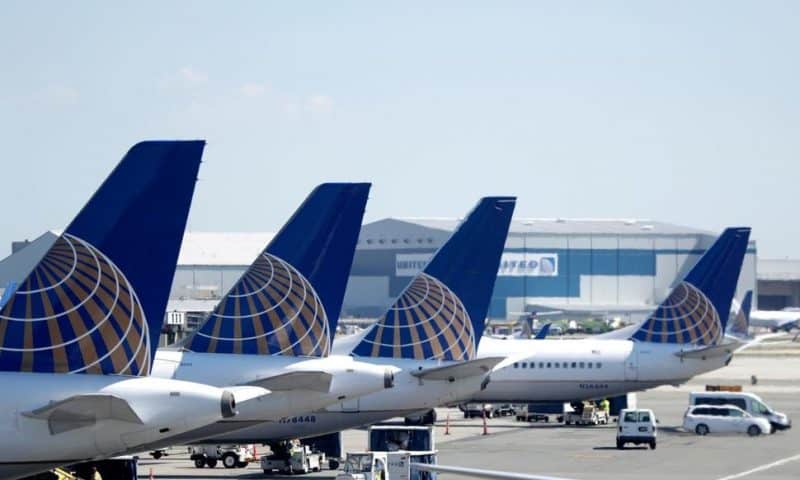United Airlines is trimming its ambitious growth plan for 2019 because of the grounding of its 14 Boeing 737 Max jets.
DALLAS — The grounding of its Boeing 737 Max jets is causing United Airlines to trim growth plans for this year, and the carrier expects to discuss potential compensation with Boeing.
United claims to be managing the grounding relatively well by pressing spare jets into duty and delaying discretionary maintenance work on other planes.
That approach, however, comes with extra costs — sometimes the airline uses bigger and less fuel-efficient two-aisle jets to replace the missing single-aisle Max on domestic routes.
United has 14 Max planes in its fleet, and airline executives said Wednesday they don’t expect those jets back before July. They said some of the 16 additional Max jets they expected to get this year might be delayed.
“Obviously there are some costs that we have been incurring and continue to incur,” Chief Financial Officer Gerry Laderman said on a call with analysts and reporters. “We’ll have a conversation with Boeing and I expect, like we always do, to resolve whatever that conversation is in a way that works for both of us.”
United declined to give a figure for its extra costs.
The Boeing jetliner has been grounded around the world since mid-March after two crashes killed 346 people. Investigators are focusing on anti-stall software that pushed the planes’ noses down based on erroneous sensor readings.
Boeing is working on a software update and training program for pilots that will highlight differences between the Max and previous versions of the 737, the best-selling airliner in history.
The company reported Wednesday that its first quarter profit doubled to $292 million on more passenger traffic and strong cost controls. Shares climbed $4.07, or 4.8 percent, to close at $89.24.
United said it expects to cancel 130 flights in April because of the parked Boeing planes.
That is far less than Southwest Airlines, which has 34 Max planes, and American Airlines, which has 24. Those two airlines say they are scrapping about 90 flights a day.
Still, the missing Max planes account for 1.4% of United’s passenger-carrying capacity. Uncertain how long the planes will be lost, United cut its planned 2019 growth from about 5% to 4.5% heading into the crucial summer travel season.
Executives said they are covering most Max flights by using spare jets and deferring maintenance jobs such as WiFi installations and paint jobs on other planes — not safety-related items, they said.
United has no plans to require pilots to train in Max flight simulators. No U.S. airline yet owns one of the scarce machines.
Chief Operations Officer Gregory Hart said United has long trained its Boeing pilots how to respond to the type of nose-down pitch that led to the October crash in Indonesia and the March crash in Ethiopia.
“That is why we have consistently reiterated our confidence in the ability of United pilots to safely operate United Max aircraft,” he said.
A group of technical experts appointed by the Federal Aviation Administration has said pilots should get more training about the anti-stall system on the Max, but that training does not need to be done in flight simulators — it could be done on computers or in classrooms.

